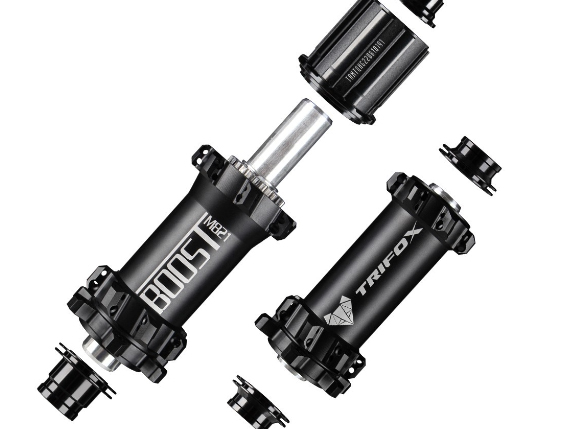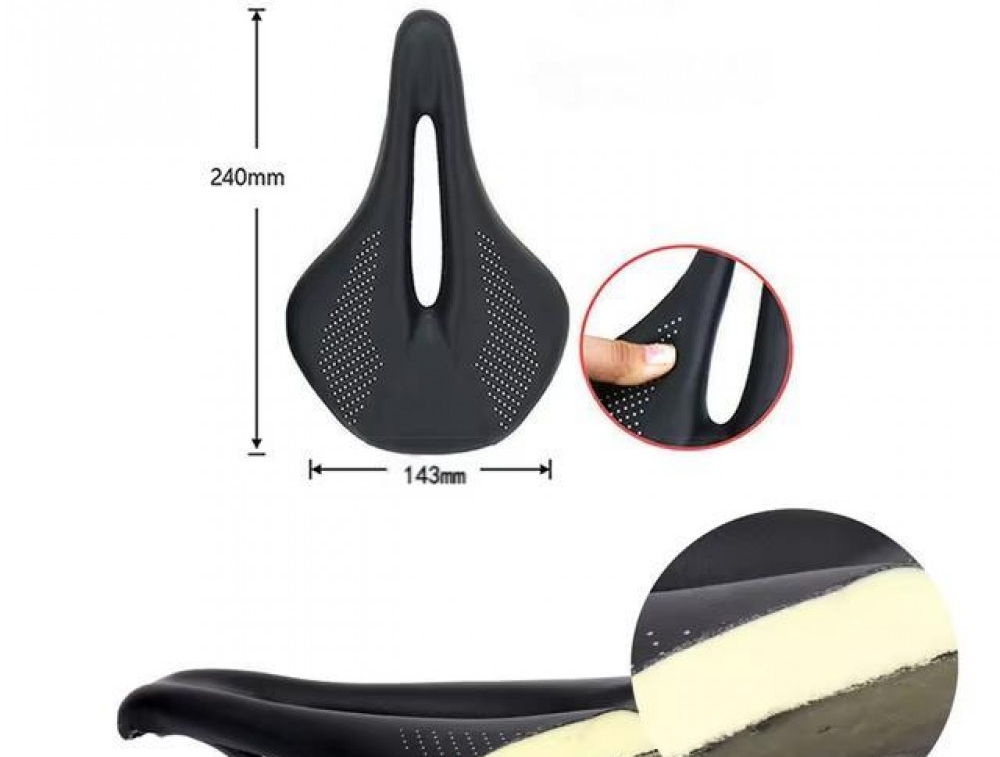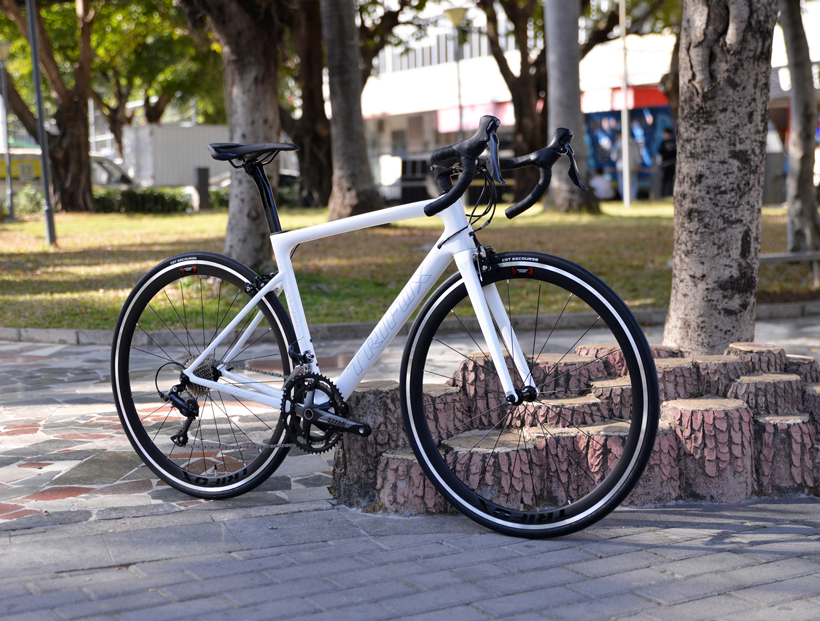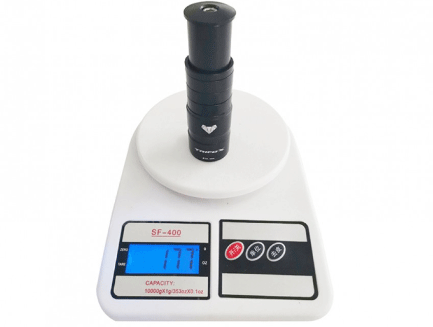In the realm of mountain biking, the choice of each component on your bike plays a significant role in defining your ride's quality, performance, and durability. One such critical component that often goes underappreciated is the hub of a mountain bike. The hub sits at the core of your bike's wheels, influencing not only the wheel's performance but also affecting overall bike handling, acceleration, and efficiency.
Understanding the Role of MTB Hubs
At its essence, the hub is the central part of a bike's wheel, connecting the wheel to the bike's frame or fork via the axle. It allows the wheel to spin freely on two sets of bearings. For mountain bikes, hubs are designed to withstand the rough and tumble of off-road trails, providing a smooth ride over rocky paths, through mud, and across various terrains encountered on the trail. Thus, selecting a high-quality hub is paramount for any serious mountain biker.
Performance: The Key Considerations
When it comes to performance, several factors come into play. Firstly, the hub's engagement system is crucial. A hub with a higher number of engagement points can offer quicker response times when you start pedaling after coasting. This feature is particularly beneficial on technical trails where precise control over the bike is needed.
Secondly, the weight of the hub influences the overall weight of the bike. While lighter hubs contribute to a more nimble and responsive ride, it's essential to balance weight with the strength and durability required for mountain biking.
Lastly, the type of bearings used in the hub affects performance. Sealed cartridge bearings are commonly found in high-quality hubs due to their durability and resistance to elements like dust and water, ensuring a smoother ride and longer lifespan.
Durability: Built to Last
Mountain biking by its very nature subjects bikes to harsh conditions, making durability a non-negotiable aspect when selecting components. The material of the hub plays a significant role in its durability. High-quality materials such as aluminum and carbon fiber are favored for their combination of strength and lightweight properties. Furthermore, the construction of the hub, including how well it seals against dirt and moisture, directly impacts its longevity and maintenance requirements.
Making the Right Choice
Given the diverse offerings in the market, how does one choose the right MTB hub? Here are a few guidelines:
- Engagement: Look for hubs with a high number of engagement points if you prioritize responsiveness and control.- Material and Construction: Opt for hubs made from durable materials like aluminum or carbon fiber, and pay attention to the quality of construction, especially the sealing systems.- Bearings: Prefer sealed cartridge bearings for their durability and ease of maintenance.- Compatibility: Ensure the hub is compatible with your bike's wheel size, brake type (disc or rim), and drivetrain specifications.

Conclusion
The hub may be a small component of a mountain bike, but its impact on the bike's performance and durability is substantial. By carefully considering factors such as engagement, weight, materials, and bearing types, you can select a hub that enhances your mountain biking experience.
Whether you're upgrading an existing bike or building a new one from scratch, investing in a high-quality hub is a step towards achieving the perfect balance of performance and durability on the trails. Remember, the right hub not only improves your ride today but also ensures countless adventures for years to come.





















































































